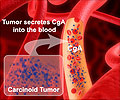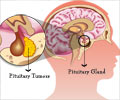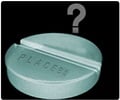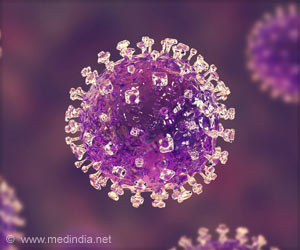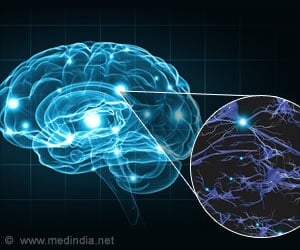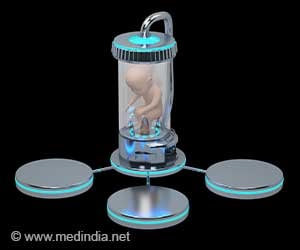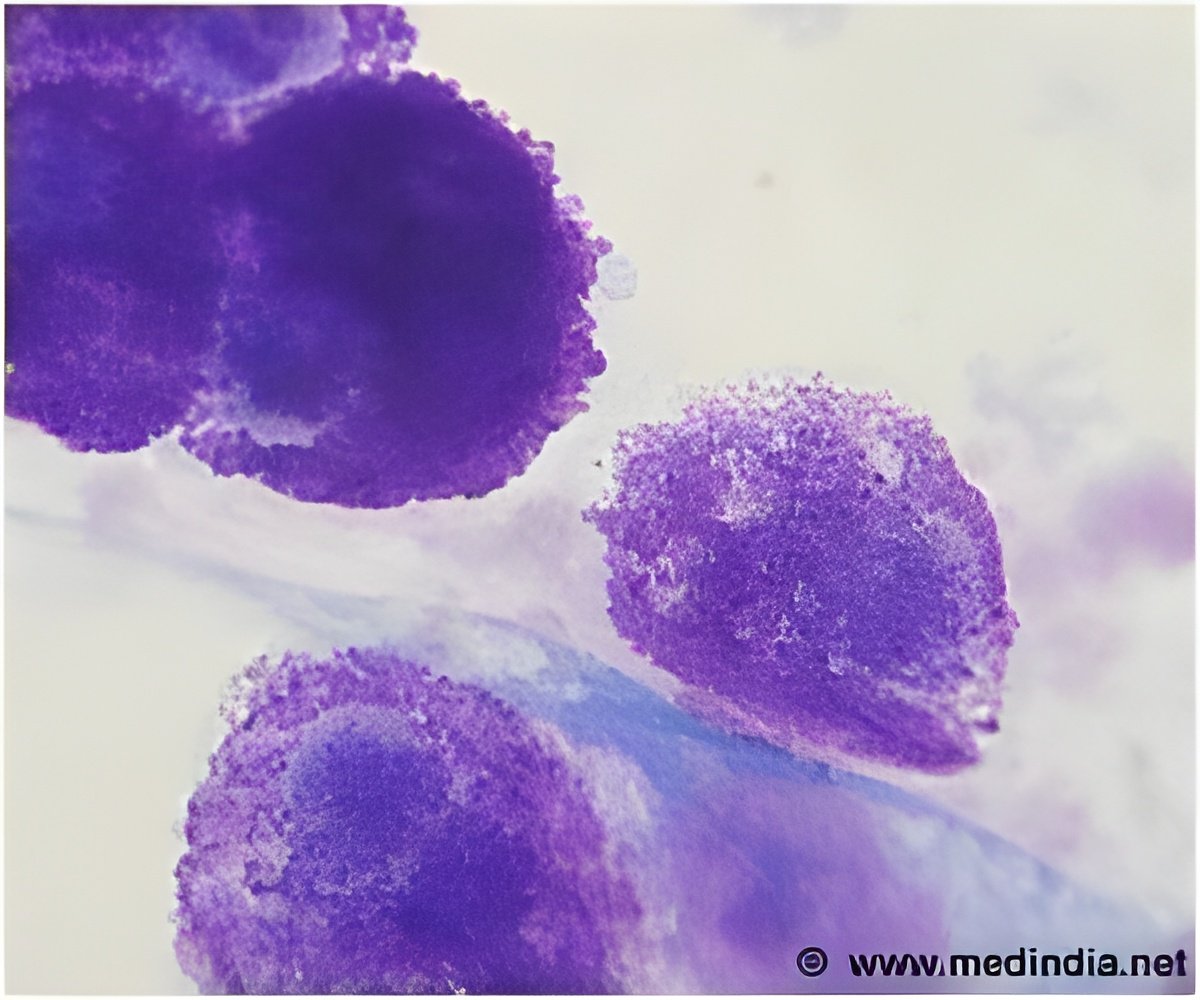
‘Neuroblastoma is a cancer of immature nerve cells in the sympathetic nervous system that is identified in about 700 people in the United States annually, mostly children 5 years old or younger. It often begins in the adrenal glands on top of the kidneys and is the most common cancer diagnosed during the first year of life.’
Tweet it Now
Thirteen patients are still receiving treatment. In addition, two patients with persistent disease received additional therapy and two patients died of treatment-related toxicities. "The early response is very promising, among the best that we have seen against neuroblastoma, but we still have a long way to go," said first author Wayne Furman, M.D., a member of the St. Jude Department of Oncology. "Will this translate into more cures? We hope so, but the answer is several years away."
While certain patients, particularly infants, have cure rates of 90 percent or better, the outlook is worse for more than half of newly diagnosed patients whose disease has already spread widely or includes mutations in the MYCN gene. With current treatment, 50 to 60 percent of these high- risk patients are still alive three years after their disease was diagnosed.
In this study, patients began treatment with chemotherapy using cyclophosphamide and topotecan and the experimental monoclonal antibody hu14.18K322A. After two rounds of therapy, researchers reported that primary tumors were 47 to 96 percent smaller in 80 percent of patients and had stopped growing in the remaining patients. In similar patients enrolled in a previous national trial, tumor size decreased in only 40 percent of patients treated with the same drugs but without hu14.18K322A.
Hu14.18K332A is a laboratory-produced antibody designed to activate the immune response against tumor cells by recognizing and binding to an antigen found on the surface of most neuroblastoma tumor cells. The antigen, GD2, is also carried on the surface of melanoma, the bone cancer osteosarcoma and some soft-tissue sarcomas. GD2 is also found on normal peripheral nerves. Binding of anti-GD2 monoclonal antibodies to these pain fibers causes severe pain and is the major side effect of these agents.
Advertisement
Treatment-related pain associated with the experimental monoclonal antibody was well controlled with intravenous narcotics that began prior to therapy, Furman said.
Advertisement
Source-Eurekalert


